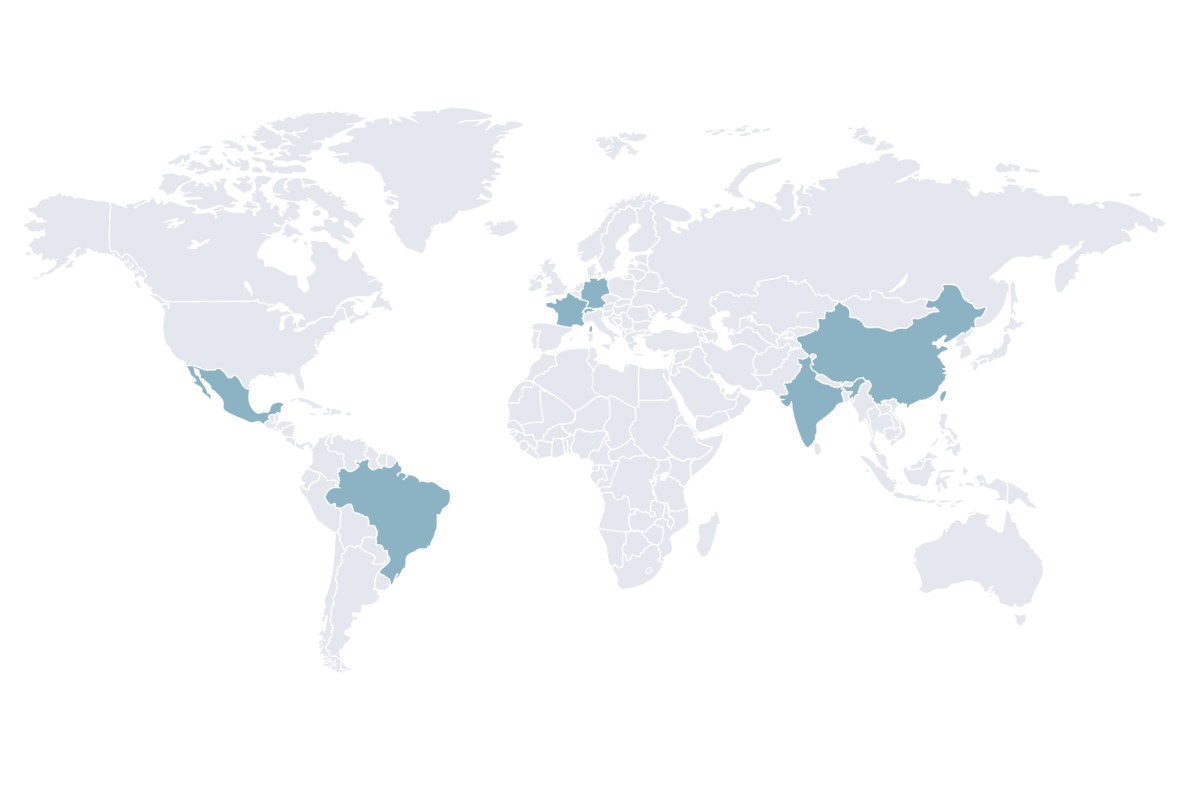But before our components even catch a glimpse of a Liebherr mining machine, they go through an intensive validation process.
‘Our validation process is both theoretical and practical. The theoretical phase uses dynamic simulations and the finite element method to assess a component’s ability to work within the conditions of a mine site. Once the component passes this phase, the product moves on to practical validation, where it is subjected to tests designed to find weaknesses, so these can be addressed before field testing,’ explains Maurer.
Field testing is where we really see what our components can do. The process for testing our components differs depending on the component being assessed, but there are some similarities between the processes. Components are tested in the field for a specific period of time – for example, Liebherr’s suspension systems are put to work in the pit for up to 9,000 hours. Once the field test comes to an end, the component is then disassembled into its smallest parts and each one is analysed to understand what happened to the product during operation. The results are then collated and compared with the needs of the end customer. All of the data gathered by Liebherr engineers during this process helps Liebherr-Component Technologies AG (Liebherr-Components) to perfect its designs before they officially become part of Liebherr equipment around the world. However, integrating a Liebherr component into a Liebherr machine is not the end of the component’s journey.
‘Continuous improvement is a huge priority for Liebherr and so our products are never completely “finished”. When we get feedback that can be used to optimise machine performance, it’s collected, analysed and then implemented into our product improvement processes. This feedback can come from our customers, technicians, engineers or anyone else who works with our components,’ says Romain Botzkowitz, sales engineer, mining, Liebherr-Components Colmar SAS.





